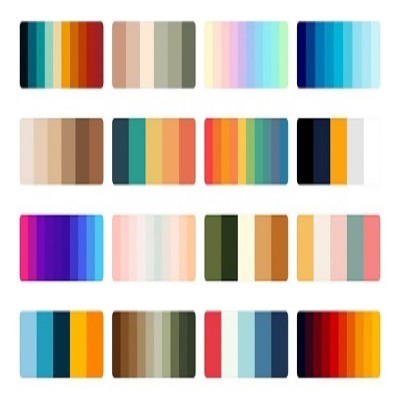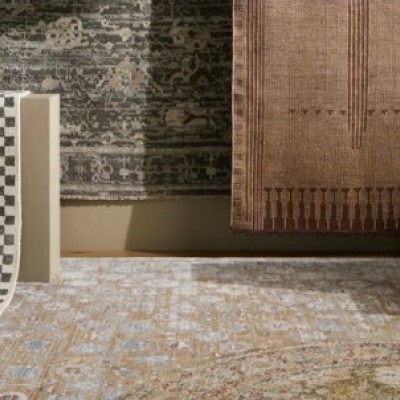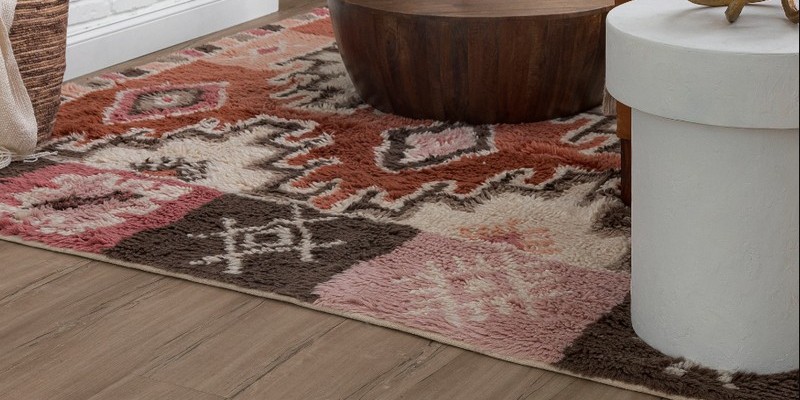
Since centuries, rug weaving has been an integral part of the culture and history of the Southwestern United States. Known for their intricate designs, vibrant colors, and cultural significance, Southwestern rugs are an iconic representation of the rich heritage of the region. The geometric patterns and Native American motifs on these rugs demonstrate the artistic prowess and rich traditions of the indigenous people who have inhabited the region for thousands of years.
1. Historical Background:
The weaving tradition in the Southwest region dates back to pre-Columbian times when Native American tribes like the Navajo, Hopi, Pueblo, and Apache began creating textiles using various weaving techniques. Early rugs were primarily made for practical purposes, such as clothing and shelter. Ultimately, weaving evolved into an art form, and rugs became symbols of cultural identity and storytelling.
2. The Rise of Geometric Patterns:
The most distinctive characteristic of Southwestern rugs is their use of geometrical patterns. They are often inspired by natural elements such as stars, rain, clouds, and mountains. Geometric patterns are often deeply entwined with the spiritual beliefs of weavers and reflect the symmetry and harmony found in nature. Designs are typically created using the vertical loom and are woven using richly colored wool derived from sheep that were introduced to the region by Spanish settlers.
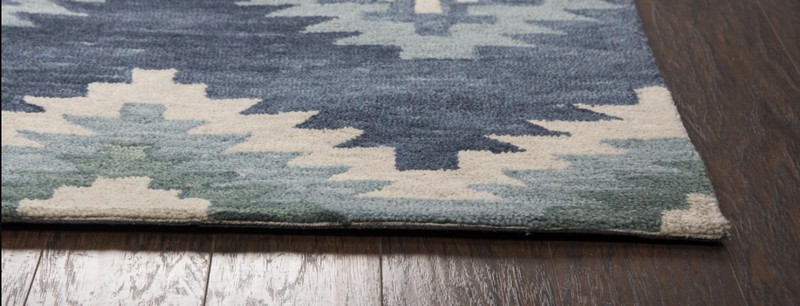
3. Navajo Rugs:
The Navajo people are renowned for their exceptional weaving skills and intricate rug designs. In Navajo rug design, colors are a significant component, and each hue holds cultural significance, as does the pattern of diamonds, triangles, and chevrons, which symbolize life in balance and harmony. Red, for example, represents the evening light, whereas blue represents the sky or water, among other things.
4. Hopi and Pueblo Rugs:
Additionally, the Hopi and Pueblo tribes produce distinctive rugs in addition to pottery and kachina dolls. They often design their pieces in an abstract manner and draw inspiration from ceremonial symbols as well as spiritual beliefs. Often, these rugs incorporate pictorial elements that represent deities, animals, and plants, with each element carrying a distinct cultural narrative.
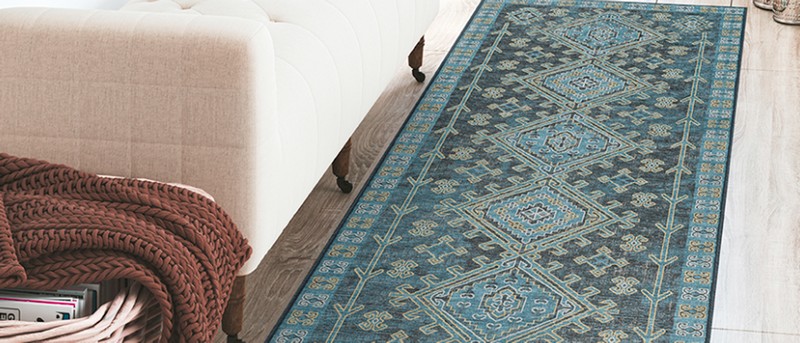
5. The Symbolism of Colors:
Color is a huge part of Southwestern rug designs. Natural dyes came from plants and minerals, which created a palette of red, blue, black, white, and brown shades. Colors had their own meanings: black signified darkness and uncertainty, white represented purity and light, and red symbolized life and vitality.
6. Regional Variations:
Geometric patterns are common in the Southwestern region, but each tribe has its own style and design language. The Navajo rugs, for instance, feature bold, large patterns, whereas the Hopi rugs are usually more intricate and delicate.
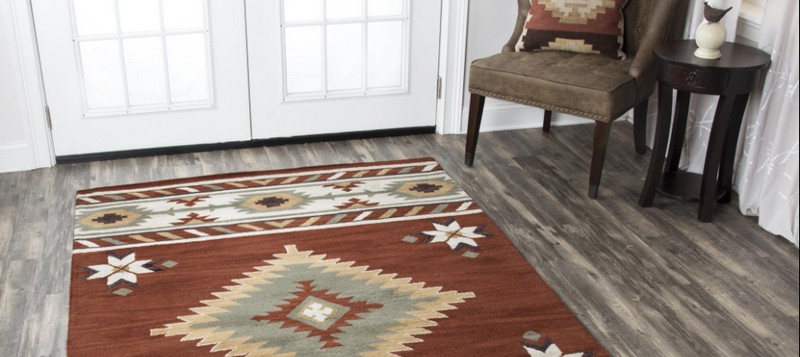
7. Contemporary Influence:
The designs of Southwestern rugs have not remained static throughout history. Modern interpretations of traditional motifs have emerged with the introduction of new materials, techniques, and design influences. Southwestern rugs can incorporate bolder colors, abstract elements, and experimental designs while maintaining their heritage and cultural significance.
8. Preservation and Cultural Revival:
There has been a renewed interest in preserving and reviving traditional Southwestern rug weaving. Tribal communities, museums, and cultural organizations support weavers and pass on their craft to younger generations. Southwestern rug designs continue to thrive through these efforts.
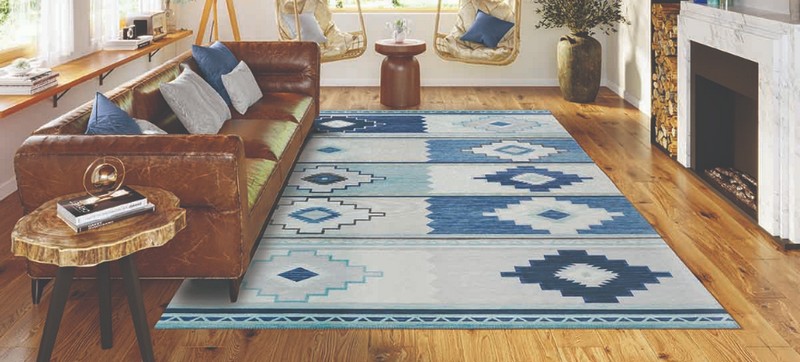
Conclusion
Rugs Town offers Southwestern rug designs that reflect the creativity, spirituality, and culture of indigenous peoples. With their weaving and design skills, they have created art pieces that not only decorate spaces but also convey stories and traditions and preserve Southwest history. These remarkable rugs will remain timeless treasures of Southwestern heritage as contemporary weavers continue to build on this legacy.

